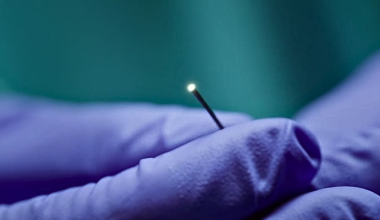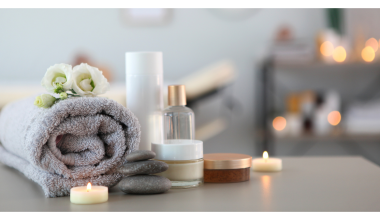Sexual health is a key component of well-being. The World Health Organization defines sexual health as “a state of physical, emotional, mental, and social well-being related to sexuality… Sexuality is closely linked to personal integrity, identity, body image, bonding, and social curiosity.”
Sex therapy falls under the umbrella of psychotherapy (talk therapy) and focuses on the issues and concerns that impact sexual function. It is a safe space for individuals and couples to speak without embarrassment or judgment. The role of a sex therapist is to guide and create strategies around sexual health to achieve a more fulfilling sex life.
The stigma surrounding sex and sex therapy prevents individuals and couples from seeking help. A study reported that one-third of Canadian men and women aged 40 to 59 experienced some type of sexual issue. Sex problems are common and don’t only affect the mid-life population, yet the shame associated with them adds to the reluctance to talk about sex.
According to the same study, the stigma carries over into the doctor’s office. Older Canadians overwhelmingly report that their doctors do not ask about sexual problems during routine visits despite most believing that sexual functioning is a normal part of healthcare, and that they should be asked.
Historical Context
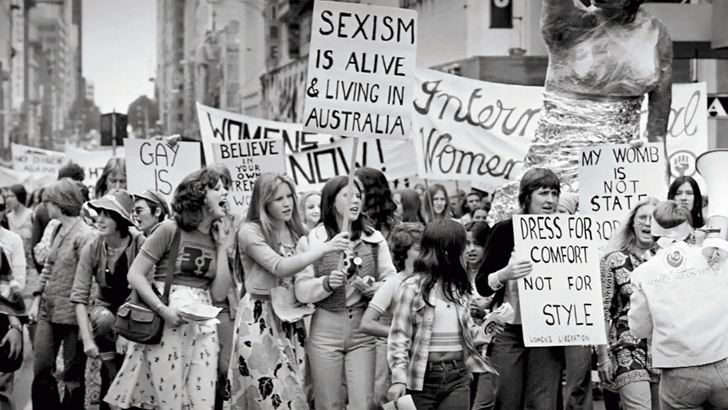
For millennia, sexuality had been rooted in morality and procreation, and it was a topic rarely, if ever, discussed. When Sigmund Freud introduced his psychosexual theory, sexuality moved from the bedroom to the doctor’s office. Sexuality, according to Freud, played a role in our development and mental health. However, we can attribute the birth of sex therapy to the research of Masters & Johnson in the 1950s. They used live participants to study sexual behaviours, unheard of before then, and this challenged the stigma around sexuality.
The sexual revolution of the 1960s continued to change perceptions around sexuality. The women’s movement and introduction of the birth control pill, the gay rights movement, along with increased freedom of sexual expression, chipped away at the taboo of talking about sex.
Media also helped shed some of the taboos around sexual health and change our perceptions of sexuality. In the early years of television, sex or anything that could be traced to sex was kept off-screen. As decades passed, more sex was brought to the airways, bringing discussions around sexuality into homes. Despite this, there still lingers a hesitation to talk about sexual function with a therapist.
Let’s Talk About Sex
Sex therapy isn’t about sexual acts or the moral complexities around what is considered right or wrong. It isn’t only for monogamous couples or to treat sexual dysfunction. It doesn’t mean you and your partner aren’t compatible and the relationship is doomed. Sex therapy is taking a step to understand your personal or partner’s needs to enhance emotional intimacy. The purpose of sex therapy is to help when issues surrounding sex are affecting your relationship health.
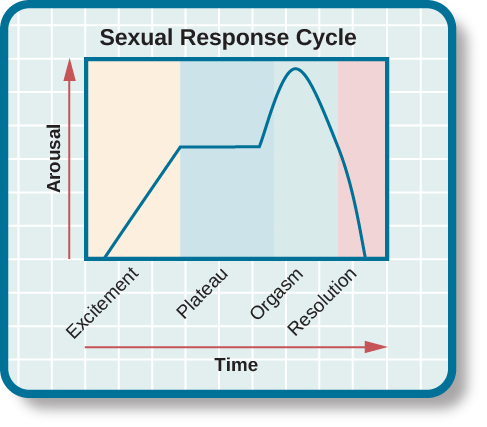
According to Masters & Johnson, sexual activity is a journey of four stages: desire, arousal, orgasm, and resolution. Our thoughts, behaviours, or physical issues can affect any part of this cycle.
Some reasons for visiting a sex therapist may include:
- Low libido and sexual desire resulting from relationship issues, medications, life stress, aging and hormonal imbalances.
- Anxiety and performance issues (i.e. erectile dysfunction, premature ejaculation, inability to have an orgasm)
- Painful intercourse due to physical changes in your body brought on by menopause or prostate issues
- Relationship dynamics, communication problems, sexual dissatisfaction
- Sexual orientation/gender identity discovery
- Sex addiction
- Sexual trauma (violence/abuse/assault/shame)
- Body Image and sexual empowerment
- Moral, religious, and societal views of sexual activity
- Sexual exploration
Despite the range of reasons for visiting a sex therapist, many people remain reluctant to open up about this most intimate side of themselves.
Techniques in Sex Therapy
In the past, treatment focused on the physical and end result. Today, the focus is more on increasing the sexual experience outside of intercourse and orgasm. Therapists will ask the individual or couple for their sexual history, relationship dynamics, past trauma, and any medical or biological problems to determine which type of treatment to use.
PLISSIT is a model used in sexual therapy developed by Jack Annon to help determine a course of therapy. The acronym stands for permission (normalizing the conversation), limited information (providing education), specific suggestions (type of therapy), and intensive therapy (for more complex issues). Therapists use this model to approach sexual problems in a structured way and determine the right course of therapy.
Some therapy techniques include:
- Cognitive-behavioral therapy (CBT) helps identify negative thoughts and behaviours associated with sex. This type of therapy uses cognitive restructuring, behavioural experiments, and exposure exercises to help individuals or couples work through their sexual issues. CBT gives us the skills to alter our thoughts and behaviours towards sex that are the underlying culprit of our sexual problem and ultimately develop a healthier, more positive sexual attitude.
- Sensate focus and other experiential techniques involve behavioural exercises that couples do together. The couples must be willing to talk about their issues and take mutual responsibility. There is often homework associated with this therapy that is structured in a non-sexual way to reduce the stress and anxiety that surrounds sex. This technique works at improving the emotional connection and sexual satisfaction of the couple.
- Mindfulness based therapy has shown effective results in sex therapy. This form of treatment can help in improving sexual intimacy, sexual satisfaction, and relationship dynamics by using mindfulness techniques such as breath work, body scanning and mindful communication. Calming the mind and body can help reduce anxiety associated with sex, libido, and pain.
Therapy in the Digital Age
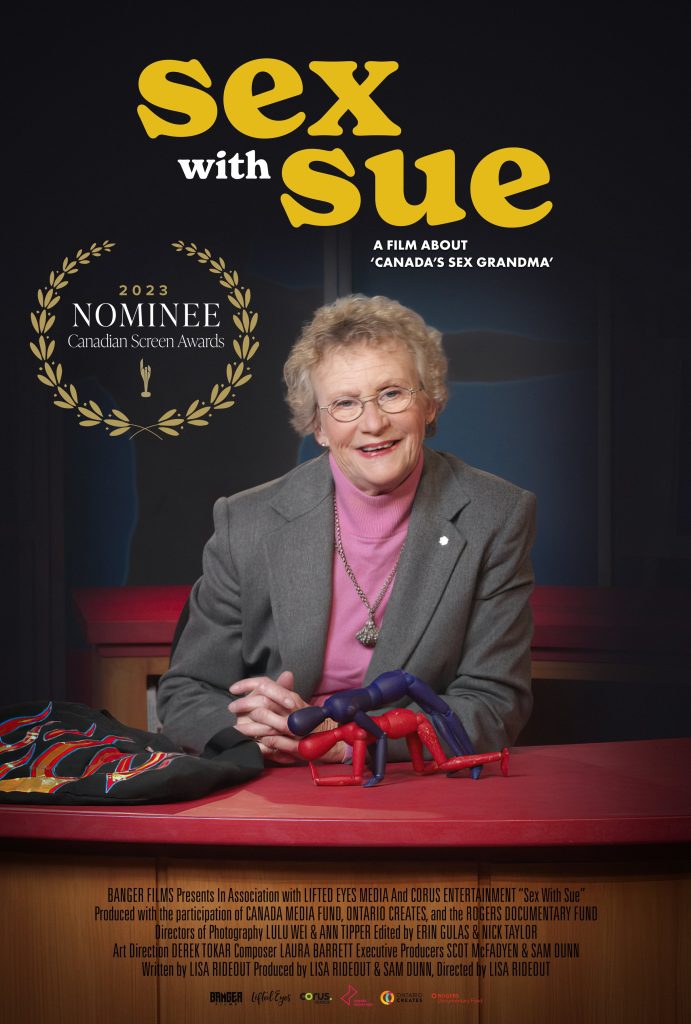
In the days before smart technology, Sue Johanson brought sex into Canadian homes via radio and television, first with the Sunday Night Sex Show with Sue, Talking Sex with Sue, and then the U.S. program Talk Sex with Sue Johanson, which was broadcast in 23 countries. Sue’s open and honest approach made talking about sex less daunting, and her shows would receive 100,000 questions about sex per show.
Online sex therapy provides access to a therapist via a phone call, live chat, or virtual meetings. Many people may find it more comfortable using a web-based platform to open up about their sexual health. Digital sex therapy programs can also be offered through the internet. These programs are self-directed and offer educational resources. This format provides accessibility to those who would never seek help in person.
Sexual wellness apps are also available if the cost of therapy is prohibitive. Therapy in your pocket can be a more comfortable way to address sexual issues and education around sexual function. These apps contain written and audio content that covers sexual fears, body image, communication, pleasure, mindfulness, and education.
Sextech is bringing sex therapy into the future with AI chatbots, virtual reality, and interactive toys. Research is in its infancy in fully understanding how this technology shapes and affects our sexual health.
AI can increase awareness and provide data to create personalized solutions to sexual health issues. Chatbots create a safe, discreet avenue for individuals by providing immediate information and support. Virtual companions can be a tool used to navigate through sexual anxiety, intimacy issues, and communication.
Virtual reality (VR) technology is being used in medicine more often. At the University of British Columbia, researchers are studying the use of VR to treat women who experience fear of pain during intercourse. Through this study, the future use of VR can be expanded to include other issues of sexual dysfunction.
An important evolution in sex therapy is the shift from focus on cisgender, heterosexual relationships. Although little research is available, researchers are working toward developing more diverse and inclusive tools that meet the needs of transgender and gender-diverse populations.
Sex therapy is a way for individuals and couples to tackle the complex emotional, physical, and behavioural aspects of their sexual lives. We live in a sexualized society. Media oozes sexuality. And although it surrounds us, conversations about our sexual health are still uncomfortable. Prioritizing sexual health is important, and technology makes that first step more convenient and accessible without the embarrassment hanging over our heads.
It is important to note that sex therapy is not covered by provincial health care. The cost per hour can range from $120-$350, depending on where you live in the country. Some private health insurance plans may reimburse partial or full costs.
~Read more from The Health Insider~
- The Science of Sweat: How Saunas Boost Heart & Brain HealthExplore the life-extending benefits of sauna use. Compare traditional and infrared costs, health benefits and safety in our expert guide.
- There’s a Reason Your Voice May Not Be As Clear as it Can BeFrom dry winters to loud parties, your voice takes a beating. Learn how to protect your “vocal instrument” with these expert tips and SAC guidelines.
- Leftovers Safety: Store & Reheat Like a ProLearn how to store and reheat holiday leftovers safely. From the “Two-Hour Rule” to freezing tips, keep your Canadian kitchen healthy this season.
- Guilt-Free Indulgence for the Holidays. This is How it’s Done.Enjoy every plate this season! Prep your gut with our low-effort tips: boost hydration, sip digestive tea, and avoid the post-feast crash.
- Health Canada Authorizes TNKase for Treatment of Adult StrokeHealth Canada officially authorizes TNKase for treating acute ischemic stroke in adults. This pivotal approval introduces a faster, 5-second injection to emergency rooms nationwide.
- Generic Ozempic: Canada to See Significant Price DropsStruggling with high medication costs? Generic Ozempic is coming to Canada in 2026. Learn how prices could drop from $400 to around $100.
The information provided on TheHealthInsider.ca is for educational purposes only and does not substitute for professional medical advice. TheHealthInsider.ca advises consulting a medical professional or healthcare provider when seeking medical advice, diagnoses, or treatment. To read about our editorial review process click here.












